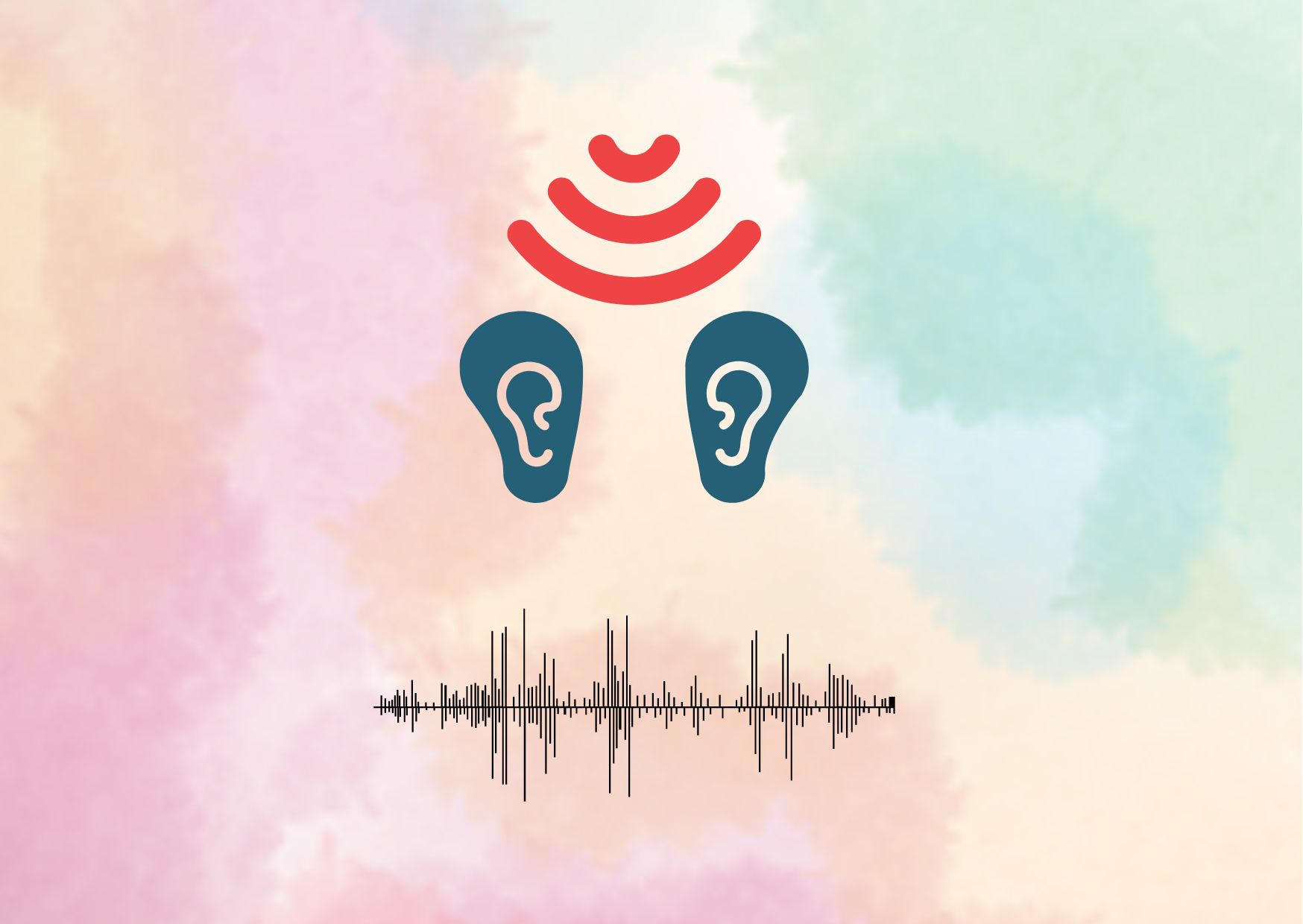How Binaural Beats Can Improve Your Mental Health
In our fast-paced world, we’re always on the lookout for new ways to improve our mental health. That’s where binaural beats come in. These fascinating sound waves have gained popularity for their potential to reduce stress, promote relaxation, and enhance meditation. As someone who’s explored various methods to boost mental well-being, I’ve found binaural beats to be an intriguing tool that’s worth a closer look.
We’ll dive into what binaural beats are and how they work their magic on our minds. I’ll share insights on the benefits of binaural beats for sleep and anxiety, and explore the different frequencies used to achieve specific effects. We’ll also look at scientific studies that back up these claims and discuss practical ways to use binaural beats to improve your mental health. By the end, you’ll have a solid understanding of how this audio technology might help you find some much-needed peace and balance in your life.
What Are Binaural Beats?
Binaural beats are a fascinating auditory phenomenon that occurs when two slightly different frequencies are presented separately to each ear. As someone who’s delved into the world of sound and its effects on the mind, I find this concept intriguing. When we listen to these tones, our brain creates a perceived beat that doesn’t actually exist in the real world. It’s an illusion crafted by our own neural processes.
To experience binaural beats, you need to use headphones. This ensures that each ear receives its own distinct tone. For instance, if your left ear hears a tone at 440 Hz and your right ear hears one at 444 Hz, your brain will perceive a beat of 4 Hz. This 4 Hz tone is the binaural beat, and it’s entirely generated within your mind.
How binaural beats work
The magic happens in a part of our brain called the superior olivary complex. This structure, located in the brainstem, is the first point in our auditory pathway that processes sound input from both ears. When it detects two close frequencies, it creates the binaural beat, which then influences our brain waves.
This process is known as brainwave entrainment. It’s based on the idea that our brain’s electrical activity can synchronise with external stimuli. In the case of binaural beats, our brain waves align with the frequency of the perceived beat. This alignment can potentially induce specific mental states, which is why binaural beats have gained popularity for purposes like relaxation and meditation.
Different types of binaural beats
Binaural beats can be created at various frequencies, each associated with different brain wave patterns and mental states. Here’s a brief overview:
- Delta waves (1-4 Hz): Linked to deep sleep and relaxation.
- Theta waves (4-8 Hz): Associated with REM sleep, meditation, and creativity.
- Alpha waves (8-14 Hz): Connected to relaxation, positive thinking, and stress reduction.
- Beta waves (14-30 Hz): Related to concentration, problem-solving, and active thinking.
- Gamma waves (30-100 Hz): Thought to enhance cognitive function and memory.
Each of these frequencies is believed to have specific benefits. For example, theta binaural beats might be used to promote deep relaxation or boost creativity, while beta frequencies could potentially enhance focus and alertness.
The science behind binaural beats
While the concept of binaural beats is intriguing, it’s important to approach the scientific evidence with a critical eye. Some studies have shown promising results, suggesting that binaural beats might have positive effects on anxiety, mood, and cognitive performance. However, it’s worth noting that much of the research in this area has been limited in scope, and more comprehensive studies are needed.
One interesting aspect of binaural beats is how they differ from monaural beats. While monaural beats are created by combining two tones externally, binaural beats are generated within the brain itself. This unique characteristic makes binaural beats a subject of particular interest in neuroscience and auditory research.
The frequency-following response (FFR) and auditory steady-state response (ASSR) are two neural phenomena associated with binaural beats. These responses show how our brains can synchronise with rhythmic stimuli, providing a potential mechanism for the effects of binaural beats on our mental states.

